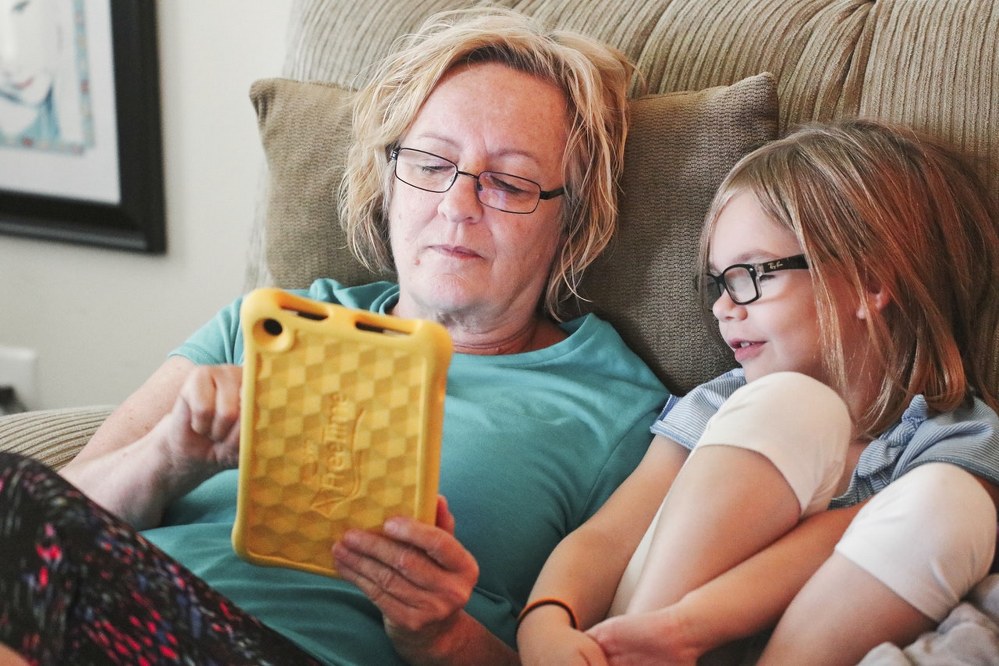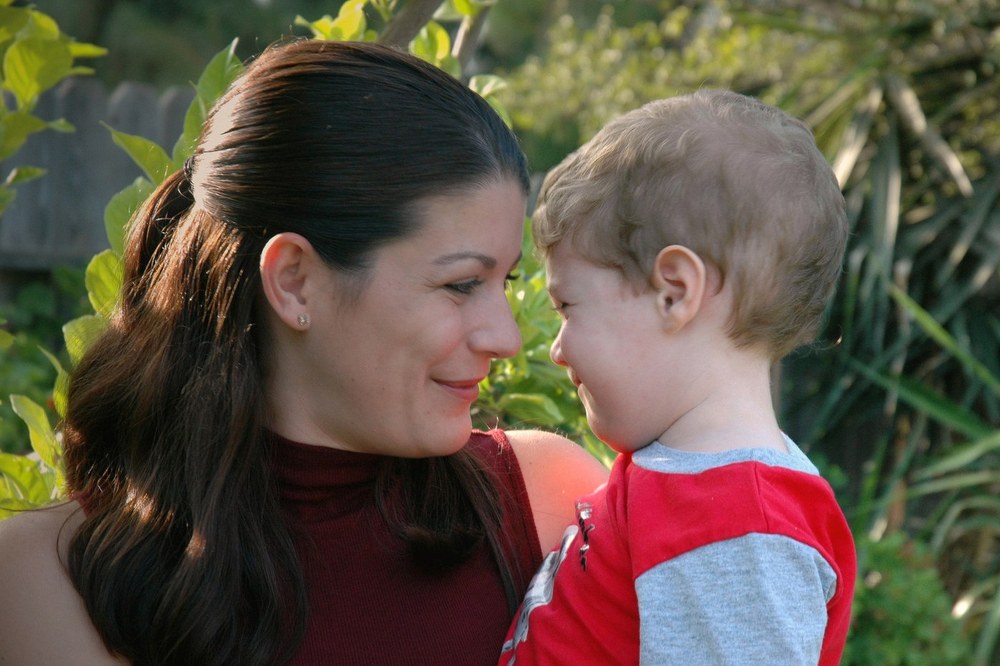Statistics that challenge the single parent stereotype:
Google “single parents” and you quickly see that the stereotypes are everywhere. Everyone from the media to senior politicians regularly blame single parents for all manner of ills. If you read the headlines, you’d think the single parent statistics prove beyond all doubt that single parenting is the fountain of all evil. However, if you take the time to really interrogate the figures, they tell an entirely different story:
The real statistics tell a story of a reality where – despite working – single parents are often pushed into poverty, and a reality where despite these adverse conditions, the children of single parents in the UK still manage to thrive. We’ve saved you the trouble of researching all the single parent statistics out there and shared the key ones below. Which one surprised you (the most)?
A profile of single parents in the UK
Single parent numbers
The most crucial single parent statistic is, of course, how many of us there are in the UK: There were 2.9 million lone parent families in the UK at last count i.e. in 2019. According to the Office for National Statistics this number has not changed much since 2008 when there were 2.8 million single parent households.
To put that statistic into context, in 2019 14.9% of families in the UK were lone parent families. London had the highest proportion of solo parent families at 19.1%, while the South West of England had the lowest at 10.9%. However, if you look at families with dependent children only, single parent families accounted for 22.3% – almost a quarter. Further investigation of single parent statistics in 2019 show that this figure tends to underestimate the number of families that experience single parenthood at some point. A study by the University of Sheffield has shown that over a six year period one third of families were single parent families at some point.
Single mums v. single dads
Looking at the single parent statistics to see the gender breakdown of single parents shows us that the vast majority are single mums. Today, around 90% of us are women, with around 10% of single parent households headed by single fathers, says single parent charity Gingerbread. Interestingly, figures show that single father households tend to be smaller, and are also more likely to have both dependent and non-dependent children in them. Meanwhile, single mother headed households are more likely to have dependent children (i.e. children of 16 years and under or aged 16-18 and in full time education). This may reflect a tendency for young children to remain with their mothers following a separation, whilst children are increasingly likely to live with their fathers as they become older. Although for all ages, mothers tend to make up the bulk of main carers within single parent families.
The average age of lone parents
Some of the single parent statistics might surprise you if you’ve been exposed to the tabloid claims. Only around 1% of single parents are teenagers. The average age for a single parent is 39 years in 2019 (38 for single mums and 45 for single dads), so we aren’t all young, foolish girls as the media likes to claim. That age looks set to rise too as figures show that women over forty-five who are having a child and not registering a father on the birth certificate has doubled since 2006.
 Single parents over time
Single parents over time
The claims that single parents are on the rise is not that straightforward. The number of single parent households has always fluctuated, ranging from 2.4 to 2.8 million between 1996 and 2017. This may be a rise by 17% overall, but all family types were on the rise throughout this period. Furthermore, between 2015 and 2017, the number of single parent families decreased from 3 million to 2.8 million. This figure stands at 2.9 million in 2019 so it remains to be seen whether this is a downward trend. When compared with other family types, the single parent figures show that the percentage of families that are single parents has remained between 15% and 25% of families for the last twenty years. The only group that grew steadily in that period are the cohabiting couple families: Statistics show 1.5 million in 1996 rising – without any notable decrease at any point – to 3.4 million in 2019.
Single parents across different ethnic groups
The percentages of single parent families vary across different ethnic groups. The single parent statistics published on the gov.uk site in 2019 show what percentage of different ethnic groups were lone parents according to the 2011 census. Within each ethnic group monitored, the percentage of family types which are single parents are as follows: black (24%), mixed (19%), ‘other’ and white (both 10%) and Asian (8%).
Single parent support systems
Being a single parent family doesn’t always equate to being alone. Single parent statistics show us that 7% of lone parent families live with a grandparent and 3% live with another adult without caring responsibilities. On the whole, single parent families receive more help than coupled families from grandparents, even if they don’t live together. The most common form of help provided was looking after the children, followed by financial help and cooking or providing meals.
 A new group: single parents through choice
A new group: single parents through choice
The single parent statistics are not great at highlighting how many lone parents are single through choice (be that adoption or donor conception). Anecdotally there is evidence that one group of single parents where the figures are changing, and changing rapidly, is the solo mum by choice – usually single women using sperm or also egg donation. Exact figures on just how much this group is growing are hard to find as those who have treatment outside the formal clinic system in the UK aren’t captured, but single parenting statistics on those who have chosen to go it alone through fertility treatment increased around 4% last year and it’s likely that in the coming years we will continue to see this figure rise.
Small families
Looking at the single parent statistics, it’s interesting to see that, on the whole, single parents tend to have small families. In 2018, 55% of single parent families had only one child, compared with 40% of married couples. 32% had two children (compared with 45% of married couples) and only 13% of single parents had three or more children.
Single mums in employment
When it comes to work, the single parent statistics show quite clearly that the stereotype of the lazy single mum is anything but correct. Single mothers are now just as likely to be in work as women without children. Two decades ago, the majority of single mums were not in paid employment, now almost 70% of us have joined the hard-working masses. Whilst this statistic might sound positive at first glance, there are downsides to single parents increasingly working including the impact on mental health, especially where that work is not secure or well paid.
 Single parent finances
Single parent finances
Not surprisingly, bringing up your first child as a single parent costs more than bringing up a first child as a couple, and this doesn’t change throughout the child’s first 17 years of life. The most expensive time for a single parent statistically are the first two years when the weekly cost of a dependent child’s life in a single parent household is an average of £328 per week including childcare, rent and council tax.
A more thorough investigation of the financial situation of single parent families shows that despite more single mothers than ever before working outside the home, single parent families earn 27% less than other families, and a third of children in working single parent families live in poverty. This figure is set to rise as the Secretary of State for Work and Pensions acknowledged that half of single parent households in the UK will be £2,400 worse off on average if transferred to Universal Credit. Research commissioned and published by the Mayor of London, Sadiq Khan, in 2019, found that London’s lone parent households, which are overwhelmingly run by single women, will, in fact, be at least £2,400 a year worse off on average under new welfare rules. With the rising cost of living in 2024, providing a decent standard of living on one income, saving for your kids’ education, or even securing a comfortable retirement to ensure future financial stability can be a struggle.
Mental health struggles
The single parent statistics also show that the problems with single parents working isn’t just that the finances often don’t add up, but that it leaves single parents as some of the most stressed people in the country. Almost 30% of single parents, double that of coupled parents, report concerns with their mental health. Securing work which can fit around your child’s education or affordable childcare, is a huge struggle for most single parents. Gingerbread research has shown that 22% of single mothers taking on work find themselves back on job seekers allowance within 12 months.
Re-marriage statistics
Last but not least, single parent statistics often assume families are static and remain single for life. The statistics show that this is not necessarily the case. Families transition in and out of marriage, cohabitation and single parenting. In fact, on average, single parents will remain single for five years. One study showed that those who were bereaved had a slightly higher likelihood of re-partnering at 16% as opposed to 14% of single parents who were single through separation or divorce.
Children from single parent families
Despite these challenges, which many single parents face, more recent research is starting to show that, contrary to the long held belief that children raised by single parents are more likely to face negative life outcomes (education, social relations and happiness to name a few), many children of single parents actually thrive.
Whilst it’s long been held that children in single parent families do less well at school, the reasons for that are now being considered, as children raised by solo-mums-by-choice appear to be doing just as well as those raised in two parent households. The single parent statistics and research seem to suggest that the challenge for children raised in single parent families is less to do with the absence of a father and more connected to negative child-parent relationships. Solo mums by choice were also shown to have stronger support networks which may be the key to understanding this difference. Of course, the more we understand the single parent statistics, the better we can ensure policies support us to raise our children as positively as possible.
A positive sense of family
The positive stories aren’t just for single mums by choice though. Levels of wellbeing amongst children of single parent families in general are not as we might expect. Looking at the single parent statistics, those children who have at one point been in a single parent family have the highest level of life satisfaction compared with those who have never been in a single parent family, and those who have always been in a single parent family. A positive sense of family is also shown to be higher in single parent families compared with those who are never raised by a solo parent.
Peer relationships
When it comes to peer relationship problems, these are highest amongst those who have never been in a single parent family, and lowest in those who have experienced them at some point, compared with those who have always been in a single parent family scoring in the middle of the three groups.
 These statistics certainly make interesting reading and suggest that we need to understand the factors behind these outcomes better so we can learn from single parent families for the benefit of all family types. We need to delve deeper as single parent hood is rarely the reason for children doing better or worse in later life, be it mentally, professionally, or in their relationship with others.
These statistics certainly make interesting reading and suggest that we need to understand the factors behind these outcomes better so we can learn from single parent families for the benefit of all family types. We need to delve deeper as single parent hood is rarely the reason for children doing better or worse in later life, be it mentally, professionally, or in their relationship with others.
About Single Parents on Holiday:
Single Parents on Holiday organise single parent group holidays in the UK and abroad. If you enjoyed reading our post, why not subscribe to our Single Parent blog ?
About the author:
Ellamental Mama is a 30-something single mum to two young boys. She writes a raw, honest and sometimes funny account of single parenting at Ellamental Mama. You can keep up with her stories by subscribing online, liking her facebook page or following her on X at @EllamentalMama.
Other popular posts from Single Parents on Holiday and/or EllamentalMama:



